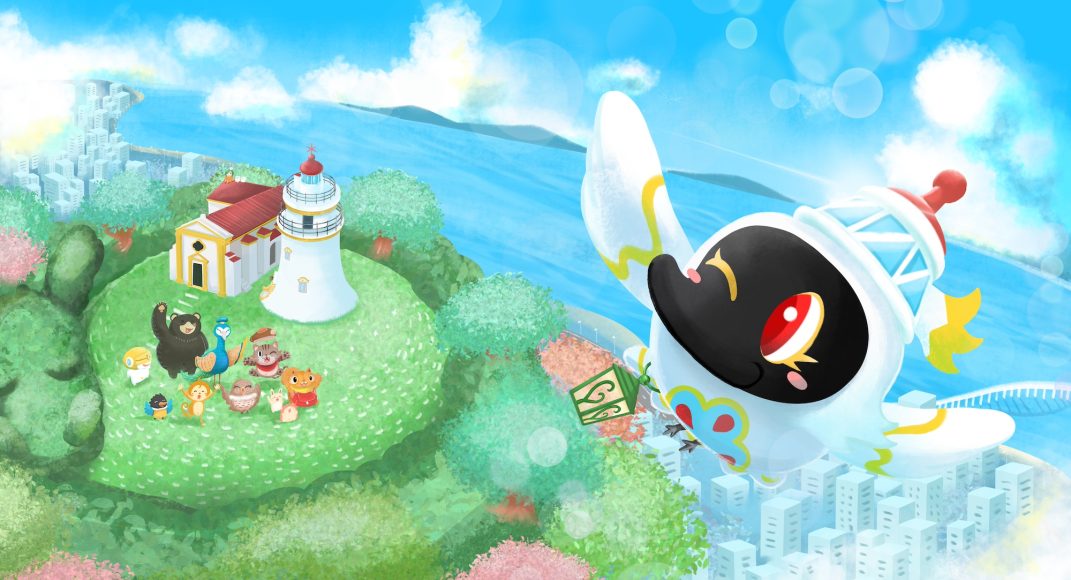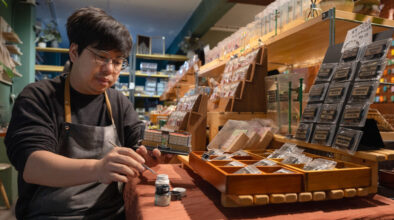Many places around the world have a tourism mascot. Australia has Ruby the Roo, an animated kangaroo urging would-be travellers to “come say g’day” and Singapore’s got a half-lion-half-fish named Merli. In 2019, Indonesia adopted three characters to be its tourism mascots: Pongo the orangutan, Rhino the Javan rhinoceros, and Para the bird-of-paradise.
These mascots tend to be anthropomorphic creatures, acting as ambassador-type figures to a country, province or city. The concept is thought to originate in Japan, where they’re called yuru-chara (one of the most famous is Kumamon, a stunned-looking black bear with red cheeks – created to promote the Kumamoto Prefecture). Successful yuru-chara tend to be very cute, as Macao’s own take on the concept certainly is.
The SAR’s tourism mascot, Mak Mak, emerged out of a competition launched by the Macao Government Tourism Office (MGTO) back in 2017. She’s a jaunty black-faced spoonbill, who made her debut in April 2018 – and now primarily hangs out at border checkpoints.
How Mak Mak came to be
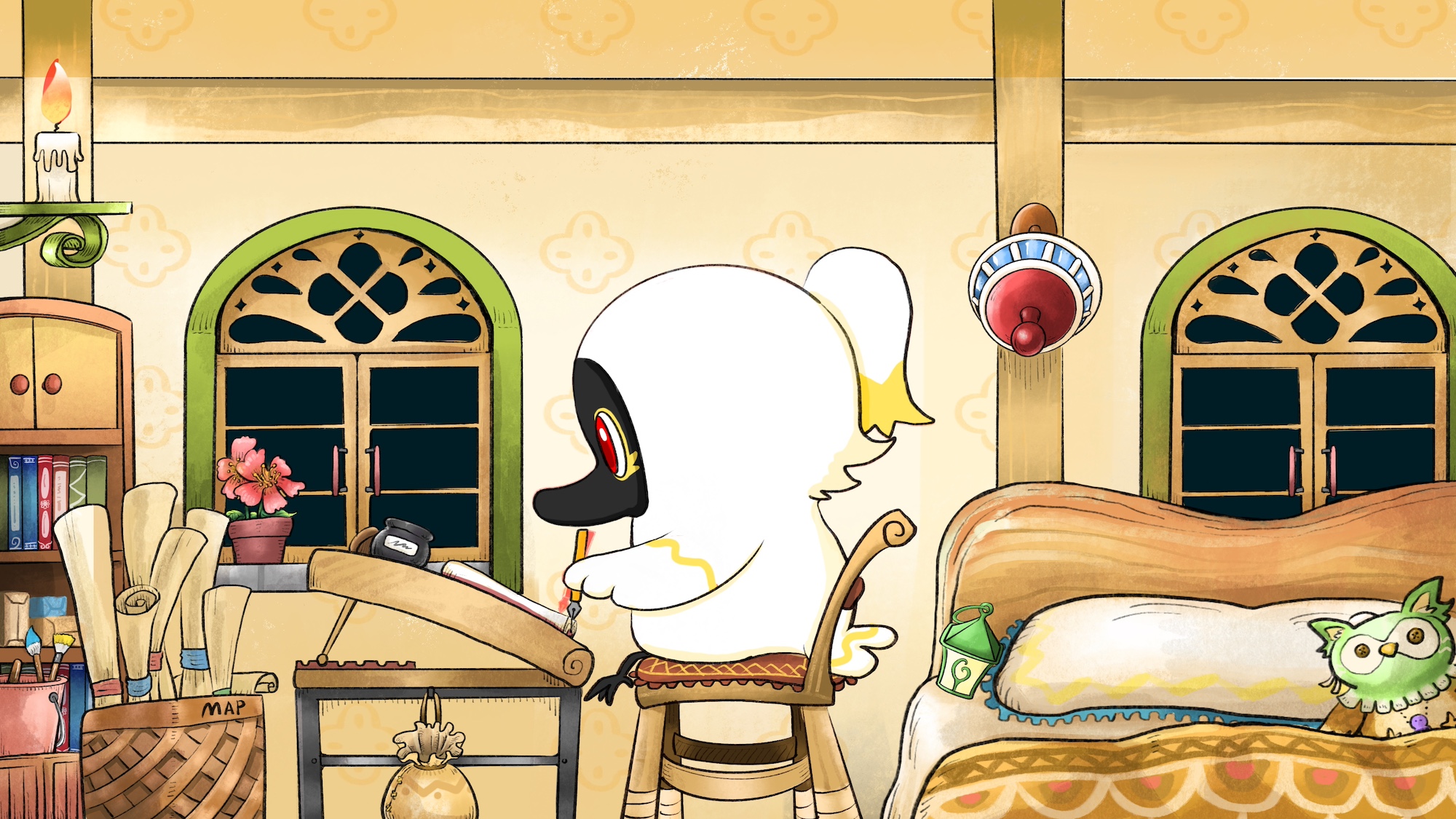
Local illustrator and graphic designer Tou Chon Wai is the man behind Mak Mak. His concept beat 110 other entries in the MGTO’s contest, and earned him a 50,000 pataca prize for his efforts.
Tou says he first learned about the black-faced spoonbill – an endangered migratory species endemic to East Asia – at primary school. These wading birds with paddle-shaped beaks breed on small, rocky islands off North Korea’s west coast in spring, then spend winters in Macao, Hong Kong, and Taiwan, among other places.
According to World Wildlife Fund Hong Kong, there are only about 6,100 individual black-faced spoonbills left in the world. Each year, only about 30 of these manage to hatch chicks successfully. Black-faced spoonbills tend to spend time in shallow rivers.
In the past few years, the number of black-faced spoonbills that visited Macao in winters stood at around 50, and they mainly live in the Cotai Ecological Reserve, according to wildlife photographer João Monteiro.
“I thought a bird that regularly returns to Macao was a very good design concept [for a tourism mascot],” Tou, 32, says. It took him less than three hours to come up with his winning sketch, though he says he’d had a Mak Mak-like character in mind for some time. He named her after the first syllable of ‘Macao’.
Mak Mak has the black face, beak and legs of her real-life counterpart, along with their distinctive red eyes. Her beak, however, is comparatively stubby. To make it clear that Mak Mak is indeed a spoonbill who hangs out in Macao, she wears a hat inspired by the Guia Lighthouse and a chest badge based off the Chapel of Our Lady of Guia’s cross-shaped window. Sometimes she carries a green lantern.
“In the evening, you can see the Guia Lighthouse flashing light like a beacon of hope,” says Tou. He hopes Mak Mak has a similar effect on people; that she “leads them to Macao, which is such a beautiful city.”
According to the MGTO’s website, the mascot has an optimistic, mischievous and adventurous personality. It also describes her favourite foods: nuts, codfish and – somewhat improbably – mashed potato.
Tou Chon Wai: Mak Mak’s creator
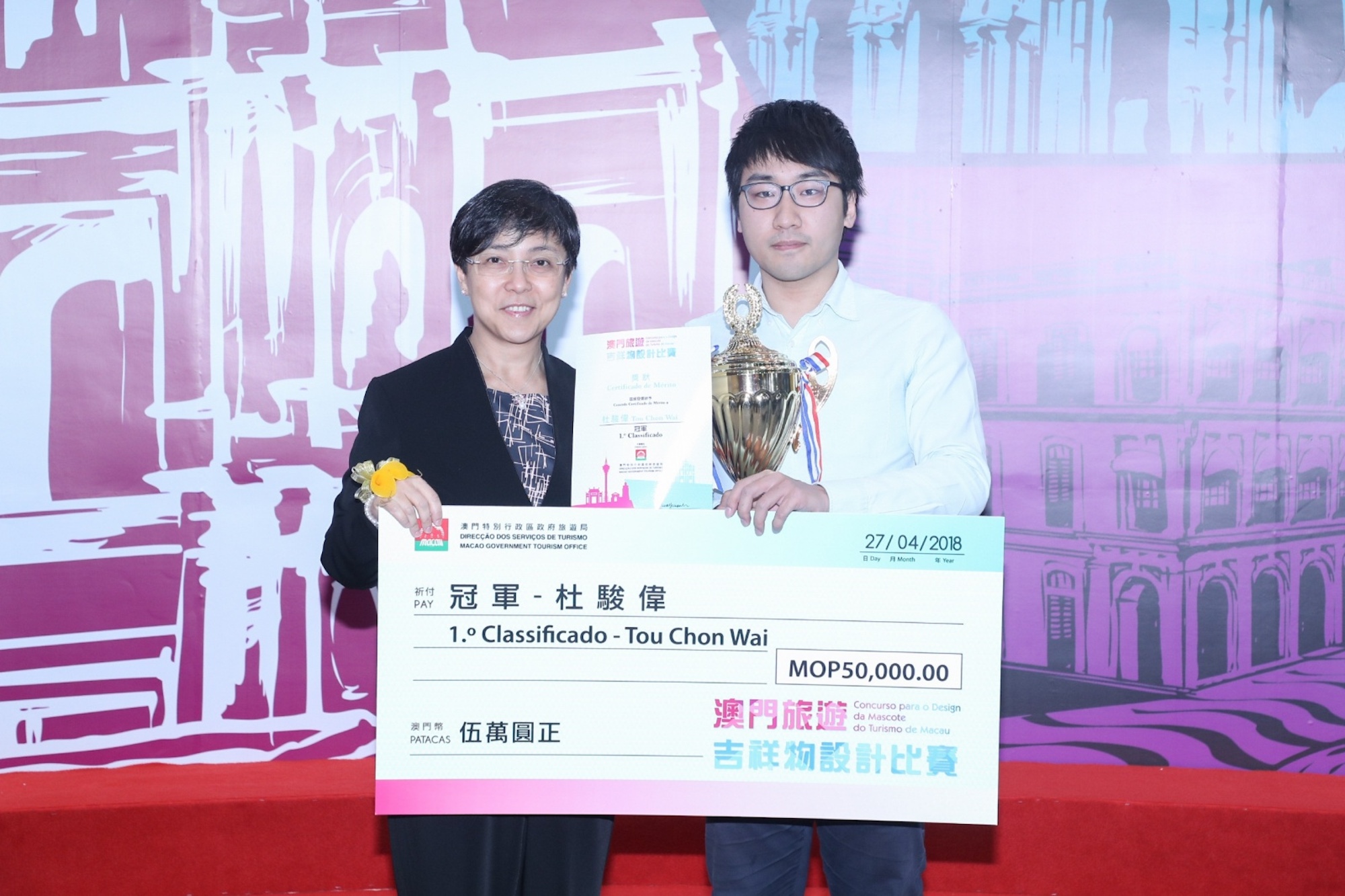
Tou remembers doodling a lot during his school years, and says he began drawing more seriously after graduating from the Macau Pui Va Secondary School in 2013. He decided to pursue a creative career, so enrolled in a graphic and advertising design course at the Macao Polytechnic Institute (now Macao Polytechnic University).
Tou graduated in 2018, the same year his Mak Mak design officially became Macao’s tourism mascot. He was already working at a graphic design company when he received an email from the MGTO announcing that he’d won first place.
“I was so excited that I shouted in the office,” Tou says. The excitement continued as he started seeing Mak Mak splashed across billboards and all sorts of tourism promotions around the city.

Tou admits that he entered the competition for the prize money, but says he now enjoys his accomplishment more than reward. “When I see Mak Mak on the street, I feel extremely happy,” he says. “I feel very lucky to see my own creation being projected onto different places in Macao.”
The MGTO owns Mak Mak, the brand (a stipulation of the competition), but Tou is still involved in some aspects of the mascot’s development. He sometimes lends a hand when new Mak Mak products are being designed, for example.
‘An icon for selfies’
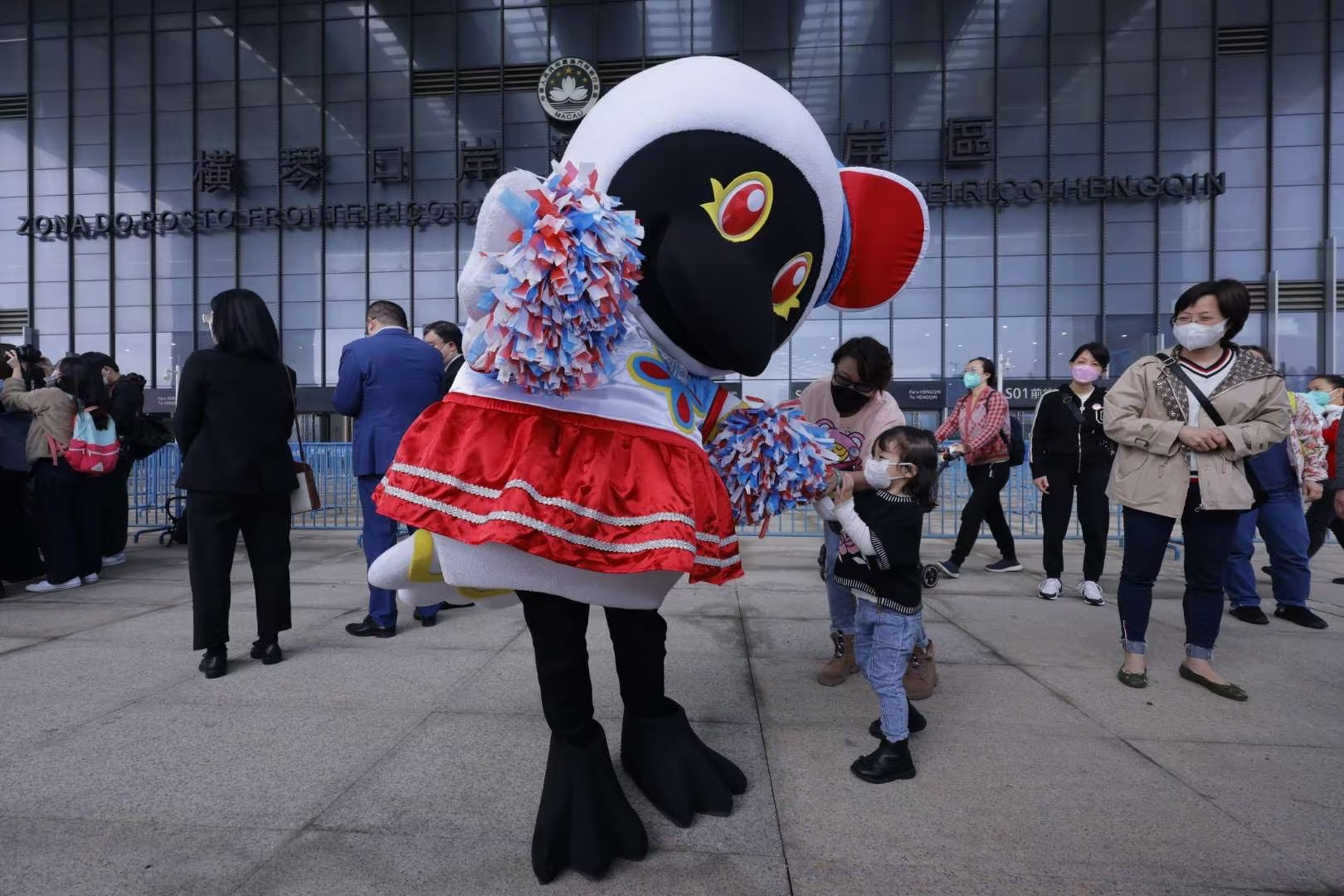
The MGTO’s director, Maria Helena de Senna Fernandes, says the bureau plans to expand Mak Mak’s influence through partnerships with more local brands and through themed activities that promote local industries.
“Mak Mak is becoming popular in our Macao promotional work and has been an icon for selfies and photo opportunities for tourists visiting the city”, she says.
While the mascot is perhaps best known by tourists from the mainland and Hong Kong – Macao’s top two sources of tourists – Senna Fernandes says there are no limitations to Mak Mak’s geographical reach.
“We have no constraint in bringing Mak Mak to our roadshows [in other countries] and other promotional activities; Mak Mak likes to fly and meet new friends,” she stresses. She’d also like to see more people buying Mak Mak merchandise, which includes toys, stationery, clothes, travel accessories and snacks. While these can be purchased through a few consignment shops and online, local tourist guide Murni Denize thinks they should be made more widely available.
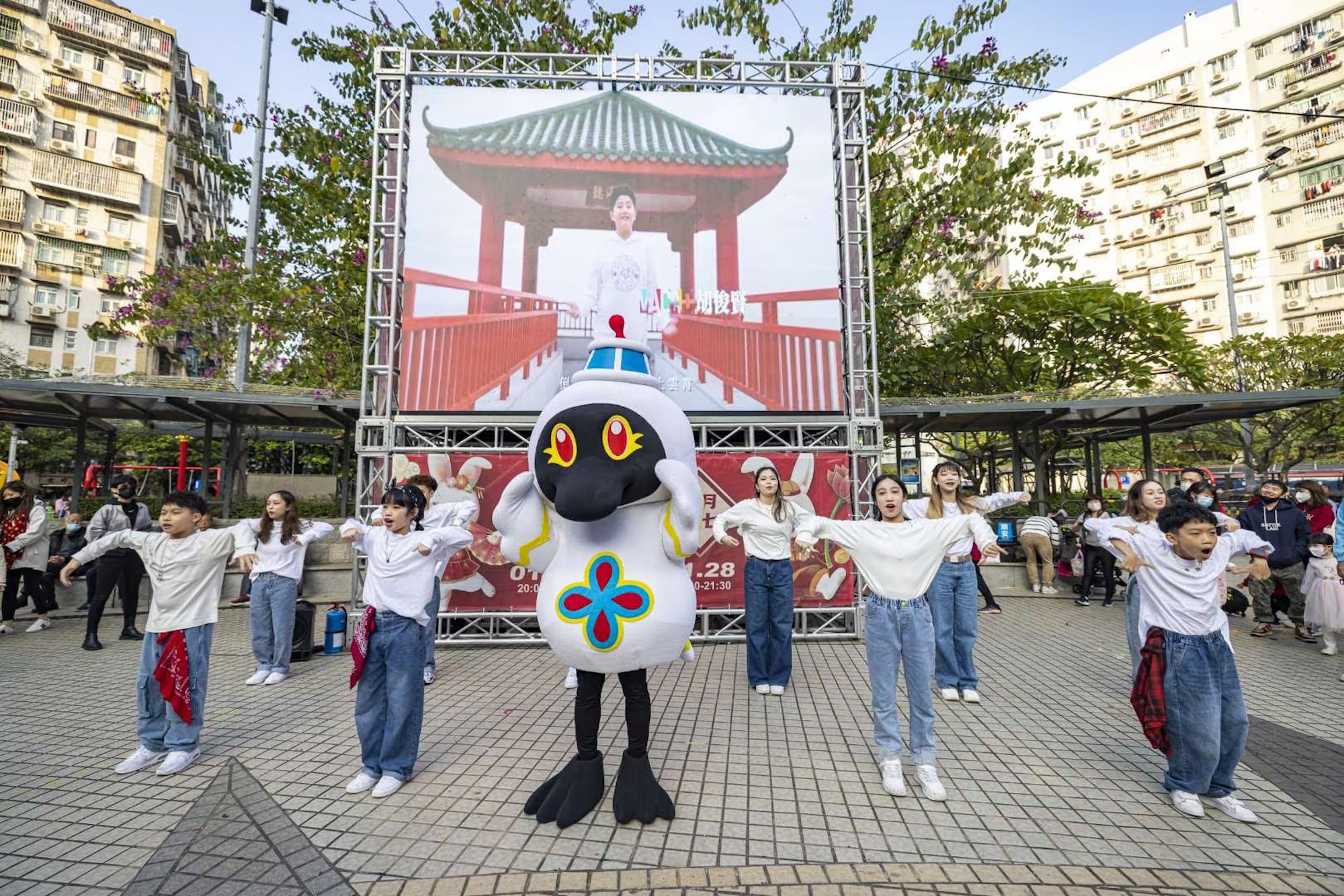
“Mak Mak is a symbol of Macao and tourists should be able to buy her products easily,” says the 50-year-old local Chinese-Indonesian, who is licensed to guide Indonesian, English and French language tour groups. But Denize thinks it’s more important to lift the cheeky spoonbill’s profile with tour guides.
“I once asked my fellow tourist guides if they knew where to buy Mak Mak souvenirs and one of them asked, ‘What is Mak Mak?’” recalls Denize, who suggests local tourism authorities offer workshops on ways to incorporate the bird into their programmes.
Mak Mak’s creator, Tou, has even bigger dreams for the mascot. “I hope that in the future, the Mak Mak brand will become more international, more diverse and not just limited to advertisements. I hope we can do more, like release a Mak Mak video game or movie,” he says.
Runner-up stars of the mascot contest
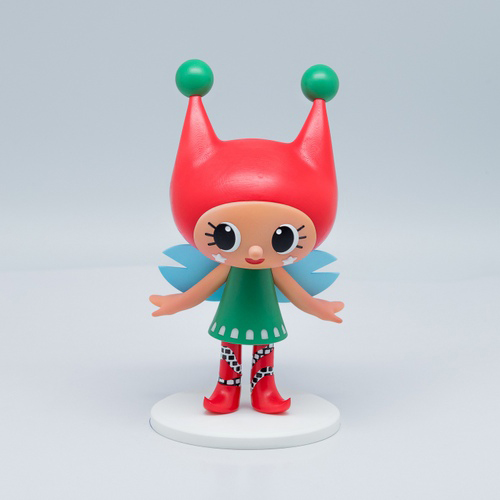
Mak Mak may have won the MGTO’s design contest for a tourism mascot, but other entrants deserve a mention, too.
Second place was awarded to OKI, the brainchild of Tang Wai Ian. OKI is a friendly female elf with an adventurous spirit, embodying a deep fondness for exploring Macao’s new and exciting facets. Her design is particularly striking, featuring pale blue wings that allow her to soar around the globe promoting Macao. OKI’s attire is a thoughtful nod to the city’s cultural fusion, with a green and red outfit that echoes the intricate patterns of Portuguese tiles, and her face adorned with stars that mirror those on the Macao SAR flag. These elements combine to showcase the charisma and cultural harmony that Macao represents.
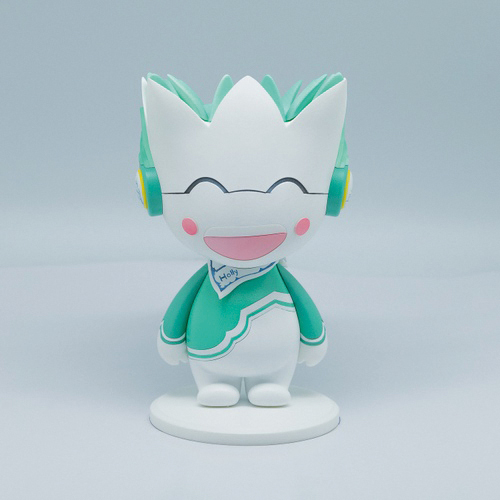
The third-place mascot, Holly, designed by Loi Weng Kun, presents a jubilant lotus flower with a bridge-shaped smile, symbolising the city’s extensive connections across the seas. Holly’s colour scheme of white and mint green is a classic reflection of Portuguese architectural aesthetics, further emphasising the cultural blend of Macao. Adding to Holly’s design is a blue bib, embroidered with her name, which sits around her neck like a statement piece. Holly’s embodiment of the city’s spirit extends to her backdrop, which features the white silhouettes of the Ruins of St. Paul’s and A-Ma Temple, further reinforcing the cultural interplay of East and West that is so characteristic of Macao.
The event, a collaborative effort by the Cultural Affairs Bureau and the Cultural Industry Fund, not only highlighted the winners but also celebrated the diverse interpretations of Macao’s identity through the lens of local and international designers.
